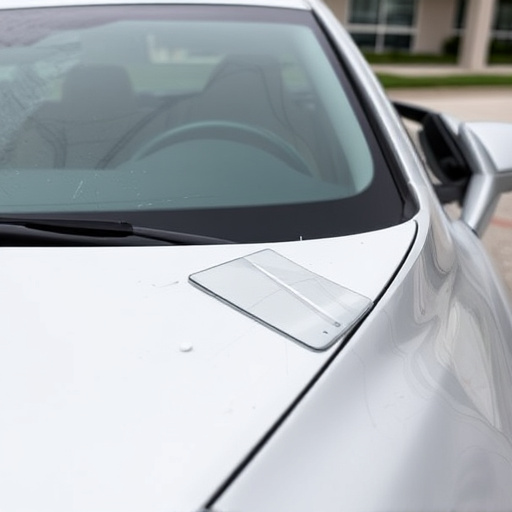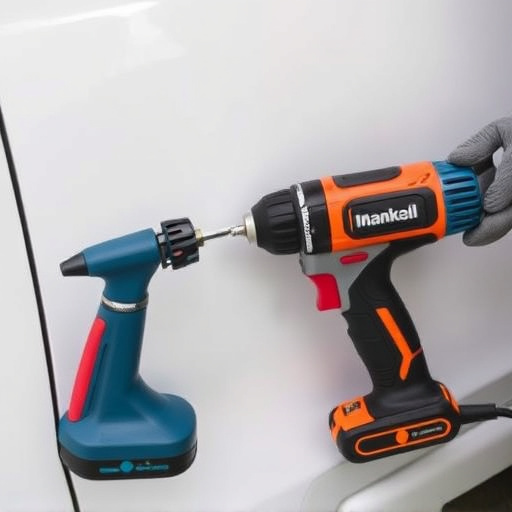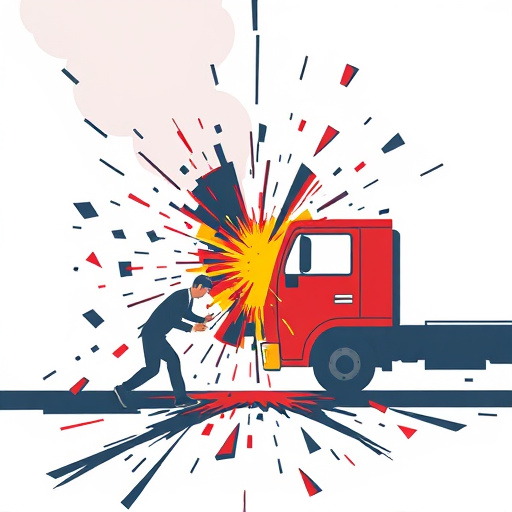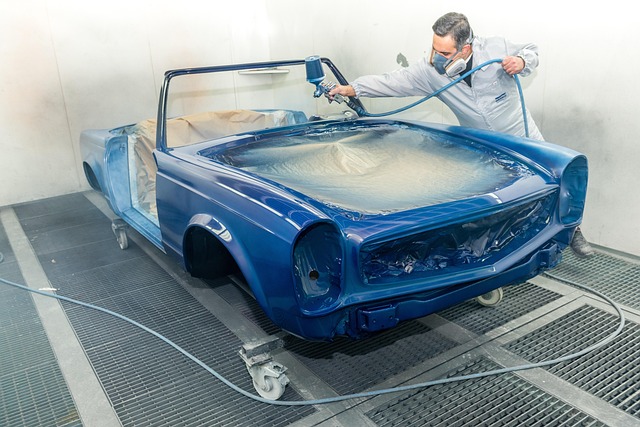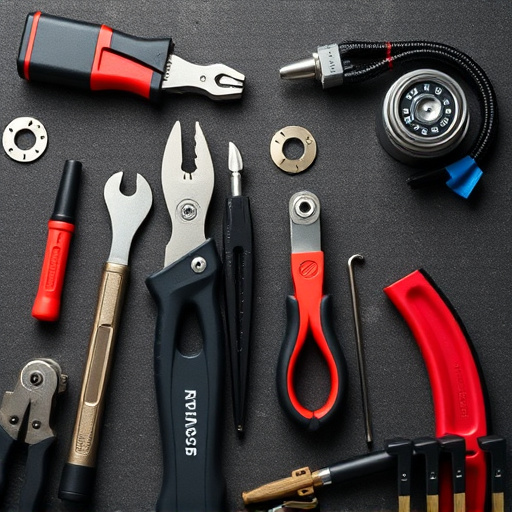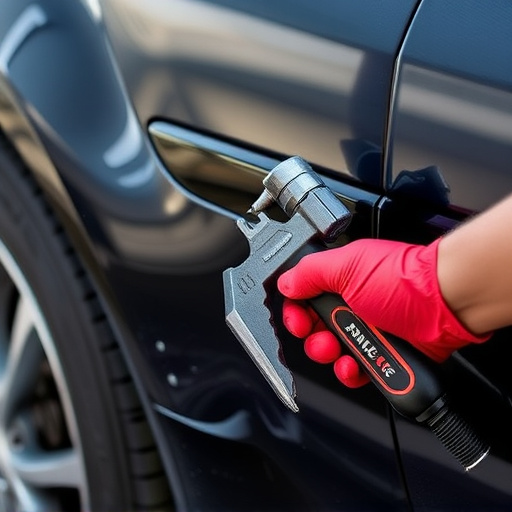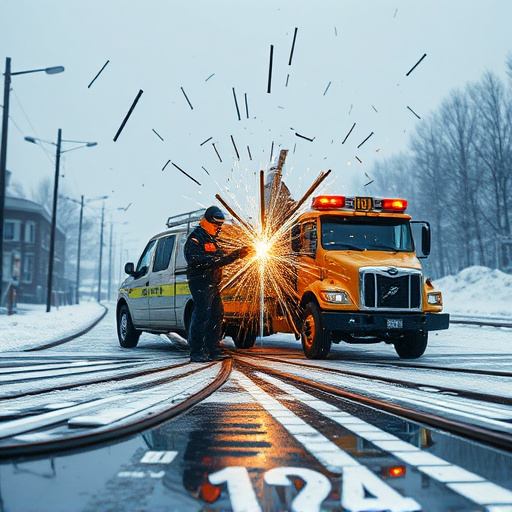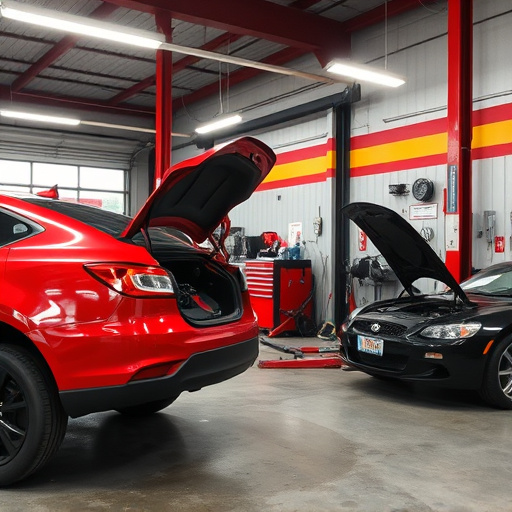Fallen tree damage repair prioritizes structural integrity, safety, and minimal environmental impact. Visual inspections identify risks and safe zones, guiding repair efforts for both structures and vehicles. Skilled professionals employ techniques like wood replacement, bracing, and reinforcement to stabilize areas, considering nearby infrastructure and landscapes. A holistic approach, including tree health assessments, preventative measures, and robust support structures, ensures long-term stability, minimizing future repairs and preserving the environment's beauty.
Fallen trees can cause significant structural damage, making prompt and proper repair crucial for both safety and property preservation. This article delves into the intricate world of fallen tree damage repair, focusing on three key aspects: assessing structural integrity in debris, employing techniques to restore soundness without disrupting surroundings, and implementing preventative measures for long-term stability. By understanding these steps, homeowners and professionals alike can effectively navigate the challenges posed by fallen tree incidents.
- Assessing Structural Integrity: Identifying Safe Zones and Risks in Fallen Tree Debris
- Repair Techniques: Restoring Structural Soundness While Minimizing Interference with Surroundings
- Long-Term Stability: Preventative Measures for Future Fallen Tree Incidents
Assessing Structural Integrity: Identifying Safe Zones and Risks in Fallen Tree Debris

Assessing structural integrity is a critical step in fallen tree damage repair work. When navigating through fallen tree debris, identifying safe zones and potential risks is paramount for the safety of repair crews and anyone nearby. Visual inspections should be conducted to assess the stability of remaining tree structures and the potential for further collapse. Recognizing signs of rot, decay, or weak points can help prevent accidents and guide the scope of repair efforts.
In the aftermath of a fallen tree, it’s essential to look out for safe zones that are less likely to be affected by additional debris or shifting logs. These areas might offer better accessibility for repair teams to begin their work, including assessing vehicle bodywork damage caused by the incident. Collision repair services often play a crucial role in restoring vehicles damaged by falling trees, ensuring they are safe to drive again. By carefully evaluating risks and leveraging safe zones, fallen tree damage repair can be carried out more efficiently and safely.
Repair Techniques: Restoring Structural Soundness While Minimizing Interference with Surroundings

When undertaking fallen tree damage repair, the primary focus should be on restoring structural soundness while minimizing interference with the surrounding environment. This delicate balance requires skilled professionals who can assess the extent of the damage and select appropriate repair techniques. Techniques such as wood replacement, bracing, and reinforcement are employed to stabilize the affected areas, ensuring safety and longevity of the structure.
Considerations extend beyond the tree itself; nearby structures, infrastructure, and landscapes must be carefully evaluated to prevent further damage or disruptions. Reputable collision repair centers, experienced in handling auto body repairs from similar incidents, can offer specialized knowledge in aligning replacement parts and restoring aesthetic integrity without compromising structural reparability. This holistic approach ensures not only the safety of individuals and property but also preserves the beauty and harmony of the surrounding environment after a fallen tree event.
Long-Term Stability: Preventative Measures for Future Fallen Tree Incidents

Ensuring long-term stability is a critical aspect of fallen tree damage repair work. After the initial cleanup and structural repairs, it’s essential to implement preventative measures that safeguard against future incidents. This involves assessing the overall health of the affected area, particularly focusing on neighboring trees that might be at risk. Regular inspections and proper maintenance routines can help identify potential issues early on, allowing for proactive interventions. For instance, pruning dead or diseased branches can prevent them from falling during storms, while deep root reinforcement can improve a tree’s anchor and stability.
The strategies employed should consider the unique ecosystem and local climate to ensure sustainability. Additionally, learning from previous fallen tree damage repair projects can offer valuable insights. Incorporating lessons into future planning, such as implementing robust support structures for vulnerable trees or utilizing specialized vehicle dent repair techniques (like auto body painting) to reinforce areas prone to damage, will contribute to a more comprehensive approach. These measures not only enhance the resilience of landscapes but also minimize the need for repeated repairs, saving both time and resources in the long run.
In addressing fallen tree damage repair, understanding structural concerns is paramount. By meticulously assessing debris zones and implementing tailored repair techniques, it’s possible to restore integrity while preserving surrounding environments. Additionally, proactive measures for long-term stability can significantly mitigate the impact of future incidents, ensuring safer, more sustainable communities in the face of natural events. Effective management of fallen tree damage repair, therefore, involves a balanced approach that combines skill, knowledge, and forward-thinking strategies.
